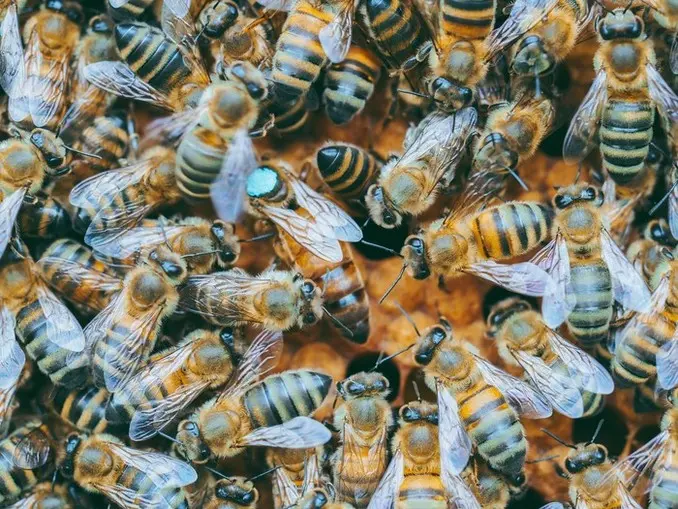Queen Rearing Unveiled

So, let’s dive into the hive talk, where we face the inevitable: saying goodbye to a queen bee and ushering in a new reign.
It might sound like a royal drama, but for beekeepers, it’s a crucial move. We sometimes get as attached to our queens and colonies as pet owners to their furry friends. But here’s the buzz: replacing a queen is a necessary act, or the entire colony faces the music and fades away.
In the grand scheme of nature, bee colonies aren’t immortal. Even in the best spots, they hang around for about 3 to 5 years tops. Then, it’s curtain call. Their hive and honeycombs become a feast for scavengers, defects or diseases get a natural clean-up, and a new swarm might decide to move in.
Now, here’s a hive truth: natural colonies are usually disease-free. It’s not the diseases that get them; it’s the queen losing her vitality or meeting her end without a successor.
So, any beekeeper worth their buzz keeps a close eye on the queen’s well-being. When she’s on the decline, out she goes, making room for a fresh face. It’s a bit like playing matchmaker because a hive has a one-queen policy, and sometimes, the bees prefer their aging queen over a young, lively, but different one.
Going with the Bee Flow
Back in my days wrangling commercial migratory bees, replacing queens was a real headache and a pricey affair. But as the BWrangler, I explored ways to make it smoother.
Fast forward to today, and I’ve handed over the reins to the bees. When a hive needs a new queen, I simply slip in a mature queen cell in the honey storage zone above the broodnest and let the bees handle the royal succession. ✨
-Bee-autifully Yours, D 🐝🤠
